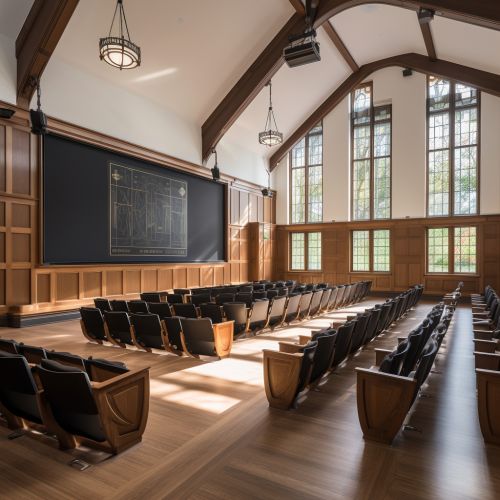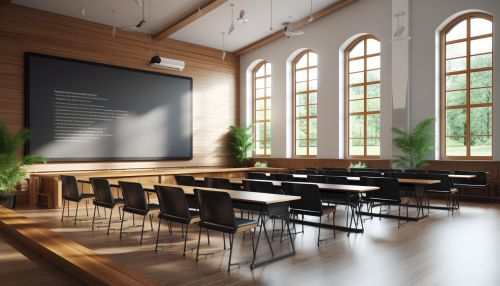Christmas Lectures
Overview
Christmas Lectures are a series of lectures about a scientific subject, presented in an informative and entertaining manner, traditionally given during the Christmas period. The lectures were initiated by Michael Faraday in 1825 and have been held at the Royal Institution of Great Britain annually since then, except for the periods during the Second World War and in 1971 when the Royal Institution was undergoing renovation.
History
The Christmas Lectures were first proposed and initiated by Michael Faraday, who, over the course of nineteen years (1825–1860), presented many of the early lectures himself. During his time, Faraday attracted a wide audience to his lectures, establishing a tradition of scientific communication that continues to this day.


Format
The lectures are designed to present scientific subjects to a general audience in an engaging and easily understood format. They are particularly aimed at introducing young people to the wonders of science. Each series contains five one-hour lectures, which are broadcast on national television.
Topics
Over the years, the Christmas Lectures have covered many topics in science, technology, and mathematics. The lectures have been given by many notable scientists including David Attenborough, Carl Sagan, and Richard Dawkins. The topics of the lectures have ranged from the structure of the atom to the behaviour of animals.
Impact
The Christmas Lectures have had a significant impact on the public understanding of science. They have been instrumental in making science accessible to the general public and have inspired many young people to pursue careers in science. The lectures have also influenced the way science is taught, by demonstrating that science can be both educational and entertaining.
